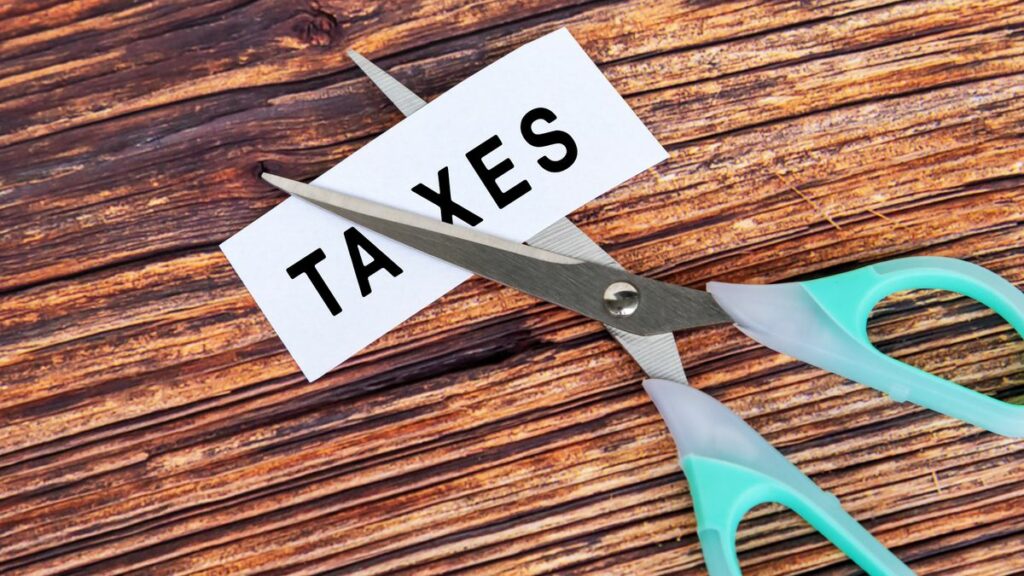Taxes are an inevitable part of investing, but understanding and managing them can significantly enhance your long-term returns. By focusing on tax efficiency, you can keep more of your investment income working for you, leading to greater growth and compounding over time. Here’s a detailed guide on how to invest tax efficiently and boost your portfolio’s value.
1. Understand When You Will Pay Taxes on Investments
The first step in tax-efficient investing is to grasp the various types of investment taxes and their timing. Investments are generally taxed in two ways: on the cash flow generated (dividends and interest) and on the capital gains from selling the investment.
Dividends and Interest:
- Interest and Ordinary Dividends: These are taxed at your regular income tax rate, except for income from municipal bonds, which are exempt from federal taxes and possibly state taxes.
- Qualified Dividends: These meet specific IRS criteria and are taxed at the lower long-term capital gains rate.
Capital Gains:
- Short-Term Capital Gains: For assets held for less than a year, these gains are taxed at your ordinary income tax rate.
- Long-Term Capital Gains: For assets held for more than a year, these gains are taxed at reduced rates of 0%, 15%, or 20%, depending on your income level.
2. Invest in Tax-Efficient Assets
Certain assets are more tax-efficient than others. Generally, assets that generate regular interest, dividends, or distributions are less tax-efficient. Examples include:
- Bonds and Bond Funds
- Real Estate Investment Trusts (REITs)
- Actively Managed Stock Funds
On the other hand, more tax-efficient investments include:
- Municipal Bonds or ETFs
- Passively Managed Index Funds and ETFs
- Tax-Efficient Active Mutual Funds
Building a tax-smart portfolio begins with selecting the right mix of assets that align with your investment horizon and risk tolerance while also considering their tax efficiency.
3. Take Advantage of Tax-Advantaged Accounts
Investing through tax-advantaged accounts can further enhance tax efficiency. Consider these options:
Traditional IRAs and Employer-Sponsored 401(k) Plans:
- Contributions are made pre-tax, lowering your taxable income for the year.
- Investments grow tax-deferred, meaning you only pay income tax on withdrawals in retirement.
Roth IRAs and Roth 401(k) Plans:
- Contributions are made with after-tax dollars and are not deductible.
- Investments grow tax-free, and you won’t pay taxes on distributions in retirement.
Utilizing these accounts can significantly reduce the tax burden on your investments, allowing more of your money to grow over time.
4. Aim to Buy and Hold
A crucial strategy for minimizing taxes is to buy and hold your investments. You are only taxed on realized capital gains when you sell an investment for cash. Thus, as long as you don’t sell, you won’t incur capital gains taxes, which can be substantial.
Even if you plan to sell eventually, holding onto your investments for more than a year can be beneficial. Long-term capital gains tax rates are typically lower than short-term rates, leading to significant tax savings.
Conclusion
By understanding and strategically managing investment taxes, you can maximize your returns and grow your portfolio more efficiently. Paying attention to the types of investments, utilizing tax-advantaged accounts, and adopting a buy-and-hold strategy are all effective ways to reduce your tax burden and enhance your financial outcomes. Remember, the less you pay in taxes, the more you have working for you, leading to greater growth and compounding over time.





